'Web Framework Benchmarks' review that you can see at a glance which web framework works the fastest

The websites you usually see casually use various frameworks behind the scenes. ' Web Framework Benchmarks ' is a benchmark that measures the processing speed when such frameworks judge access, and since it was released in 2013, updates are accumulated year by year and the ability of various frameworks You can check at a glance.
TechEmpower Framework Benchmarks
When you access the above URL, the contents of 'Round 19' updated on May 28, 2020 will be displayed.

The test results are displayed in ranking format like this. Although various test results are posted, ' Fortunes ' displayed first is a mode close to a general website that reads a database and generates HTML. The first place in this test was a framework called '
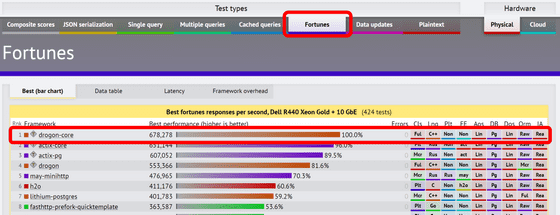
The standard combination of Nginx and PostgreSQL for php is 11th place and quite high. Changing the DB to MySQL seems to slow down the processing speed a little, so it was ranked 23rd.
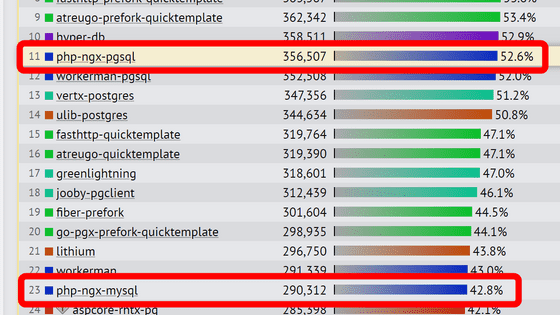
On the right side of the graph, various environmental information such as framework classifications and languages used are written. Not only full-stack frameworks but also platform and micro-frameworks need this information when trying to compare.
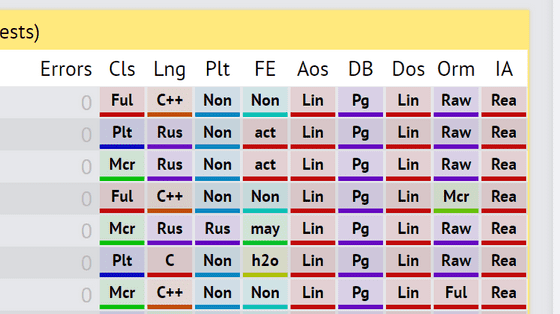
By clicking 'Cloud' in the 'Hardware' column in the upper right, you can switch to the test results of the virtual server on the cloud. It seems that there are unexpected changes, such as Rust's may-minihttp framework, which was 5th place on the physical server, moved to 1st place. In addition, it seems that Azure's D3 v2 is used as a virtual server.
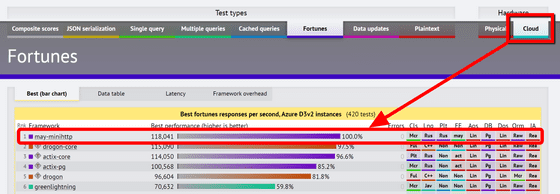
It is also possible to filter only specific benchmarks. Click the 'Show filters panel' above the graph...
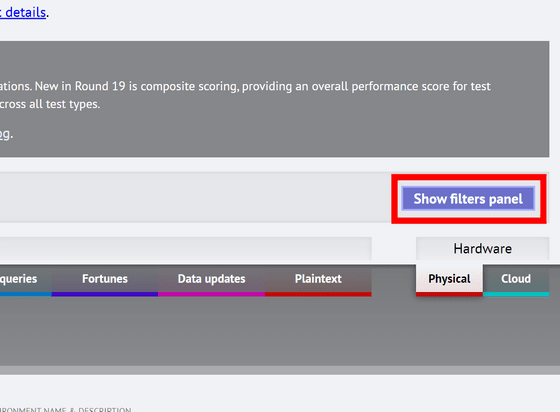
A panel that allows you to narrow down the framework classification, language and platform, front-end server, DB server, etc. appears like this.
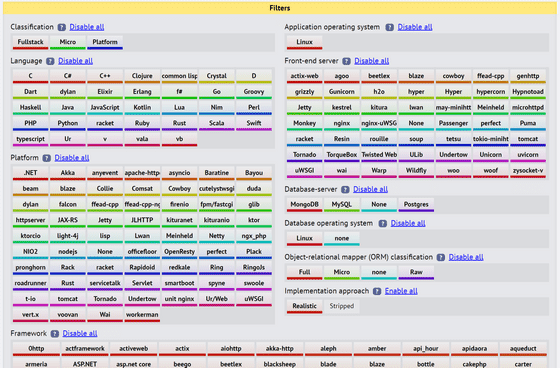
For example, if you want to see only the JavaScript framework, just set 'Language' to 'JavaScript'.
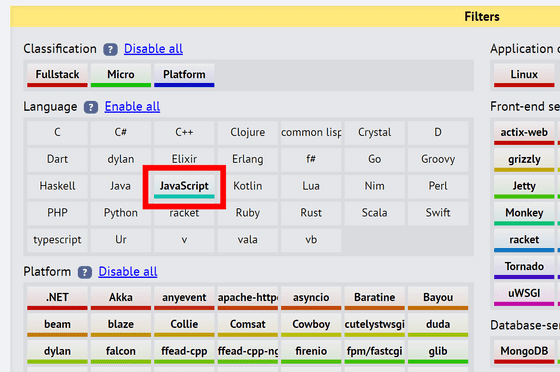
After setting the filter, click 'Apply changes' at the bottom right to reflect in the table.
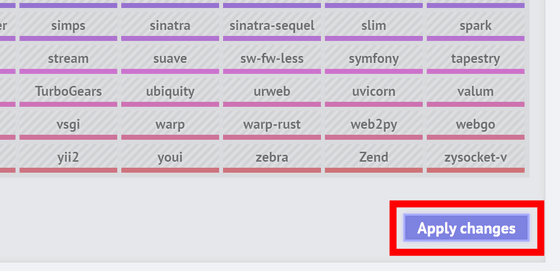
The percentages are recalculated with 100% as the first place displayed in the filter, so the difference between frameworks of the same language is obvious. The original percentage is also displayed in parentheses, and it is a kind specification that does not lose sight of the position when viewed from the whole.

At the bottom you can see what kind of test 'Fortunes' is.
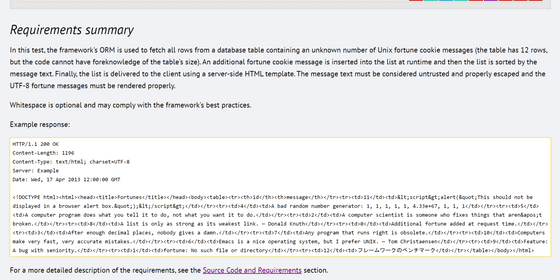
In addition to Fortunes, there are a total of 8 tests such as
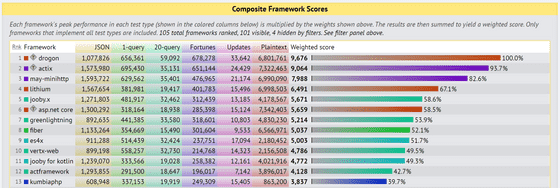
The source code used for this benchmark is published on GitHub, and modification of framework settings and addition of new frameworks will be accepted from pull requests.
Related Posts:
in Software, Web Service, Review, Posted by log1d_ts







